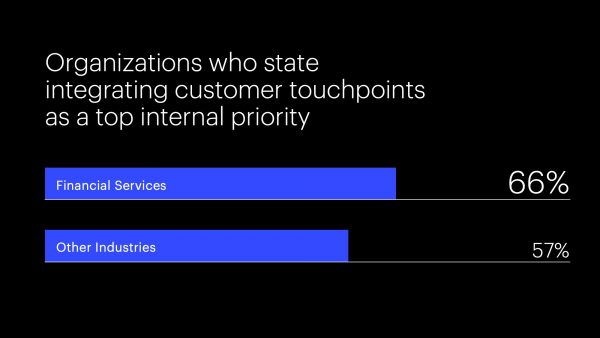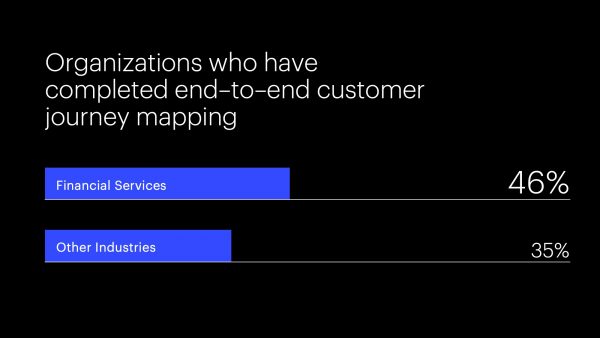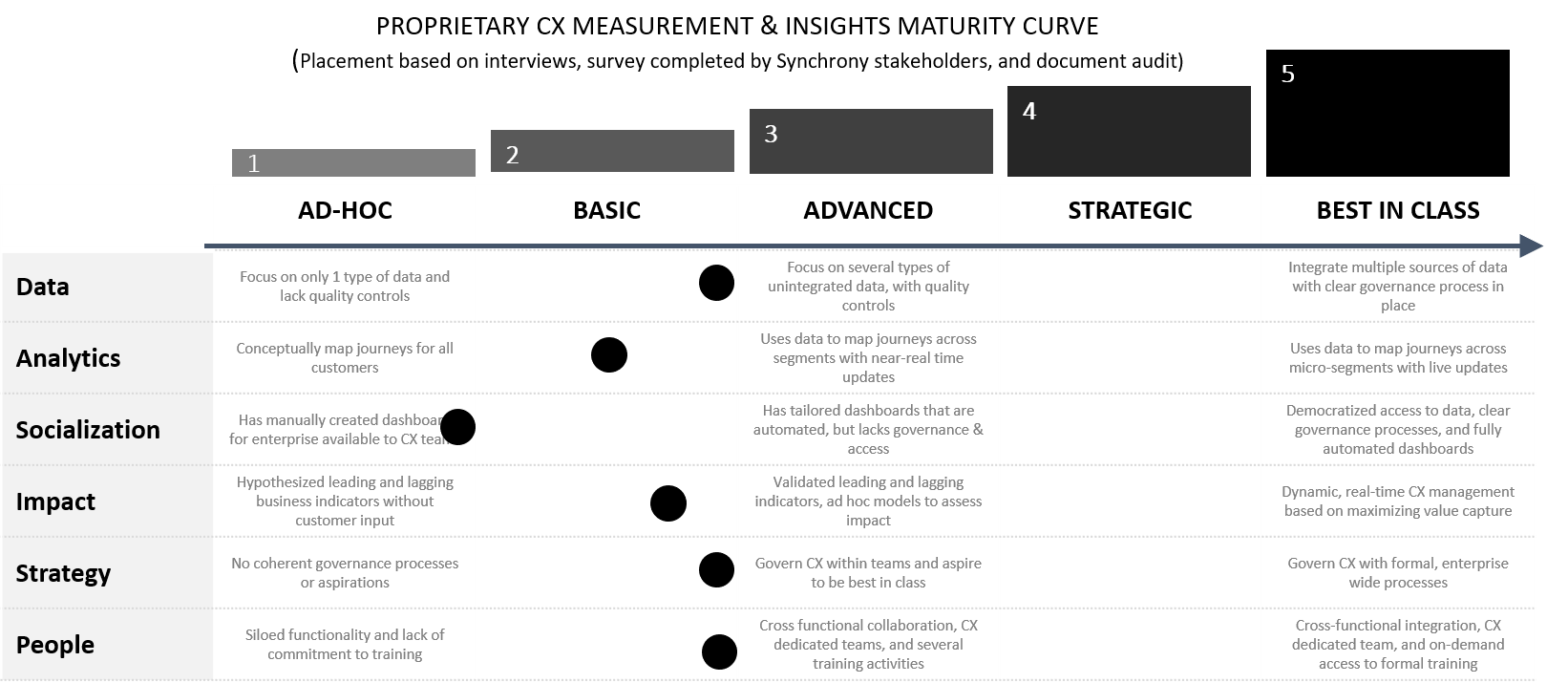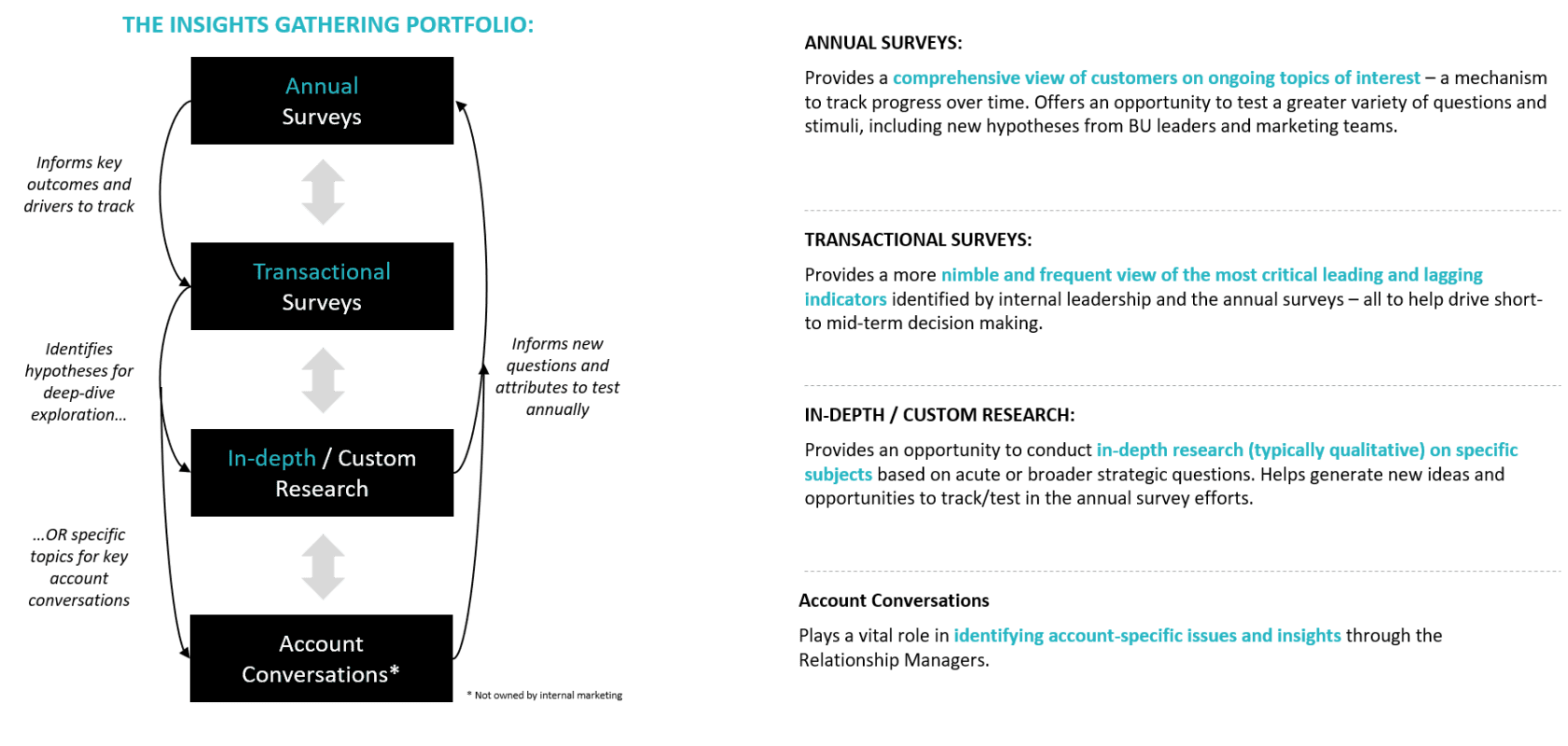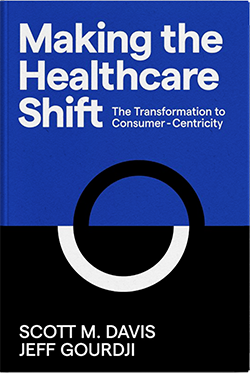Customer Experience is increasingly at the center of the conversation around growth. While it has rapidly become a competitive advantage and focus of investment for retail and consumer products businesses, B2B organizations have been more reticent to jump in. Unsure of where to start, how to measure impact, and the challenge of aligning complex organizations, B2B businesses have tended to take a narrower, more opportunistic view of their customer experience.
From our view working with some of the world’s strongest B2B brands, we’ve seen a different approach- and these B2B growth leaders have found a way to balance long-term CX strategy with short-term wins and proven impact. These leaders have done this with a relentless focus on the ‘moments that matter’ to their customers. We define these moments as the intersection of a company’s distinct capabilities with an important decision and perception of the customer.
“These are decisions about how to make a strategic shift with new needs and requirements, what the universe of solutions to their challenges could look like and how to implement it into their complex business.”
Note, we’re not simply talking about the buying decision. These are decisions about how to make a strategic shift with new needs and requirements, what the universe of solutions to their challenges could look like and how to implement it into their complex business.
B2B businesses often focus their commercial efforts on the actual buying decision, relying on a strong sales force and product engineers to win the deal. There is no question, that the actual buying decision is critical.
3 B2B Customer Experience Moments That Matter
Let’s take a look at the other ‘moments’ of the B2B customer experience to understand where organic growth largely comes from.
1. Strategic Re-Definition
In the B2B customer experience, particularly for industrial and technology businesses, this part of the journey is too often untapped and misses significant growth opportunities. This step of the process is often invisible. The customer is looking to make a pivot: from a traditional approach to a new one to address an opportunity or threat in their market. They’re looking for ideas and approaches. These are often driven by top-down strategy and pursued by cross-functional teams. These ‘moments’ can take months, even years, to take shape. However, disproportionate growth happens when you’re the partner there to help your customer make this transition.
Look at Alcoa, the global aluminum supplier, who did exactly this with the Ford F-150 lightweight truck. Ford knew they needed to significantly reduce the weight and carbon footprint of this truck but were unsure of the technical design and operational implications of such a shift. They needed unconventional thinking and they needed it early before truck design even begins. Rather than focusing solely on the existing aluminum applications in Ford vehicles (think wheels, bumpers, and engine blocks), Alcoa stayed close to Ford’s upstream advanced engineering teams and was able to work with them on very early-stage testing to go to an aluminum-intensive vehicle. The collaborative approach led to the development of the world’s first aluminum truck built at scale and a significant growth source for Alcoa.
2. Shaping the Customer’s Consideration Set
This is the step in the journey where customers have a clearly stated ambition and defined set of requirements, but they have not precisely determined how to pursue it. While the ambition is clear, they are actively looking at alternative approaches to get to the end result. They’re looking for a thought partner to show them a better solution or perhaps a better way to do business.
An approach to this moment played out in recent years in the world of agriculture. When growers were looking for smarter, more effective ways to maximize their yield, a global seed provider was there to help them think differently about their alternatives. Growers needed more than seed, they needed the confidence of how to manage their business over the full year to optimize their yield. We helped this global seed company bring advanced technology solutions and insight to growers that helped them approach the planning, planting, growing, and harvesting seasons differently with more precision and personalization. This led to dramatic improvements in yields and risk management and helped this business shift how their business was seen- from quality seed provider to business partner.
3. Delivering in the “first 90 days”
From industrial products to technology and business services, perhaps the most critical moment is what we call the “first 90 days” from selection to implementation. The actual length of time varies by market, but invariably we have seen this play out across markets and it is a big determinant of future growth. When the first 90 days go well, your B2B customers are confident. They ask you to do more for them, they invite you in earlier to solve more problems and give you the position of primary supply. However, too often, we see this part of the journey is siloed, underfunded, and reactive. This step of the journey goes beyond traditional implementation and setup. It includes training, communications, a readiness assessment, and on-site transition and technical support. Too often, companies take a short-sighted view of those as hard costs, not a growth investment.
This isn’t about troubleshooting or retention- this is a growth moment. For example, when we worked with a leading B2B facilities services business, we saw the correlation between the first 90 days and long-term share of wallet. The more seamless the first 90 days were, the more services customers added over the next several years. As a result, this business invested heavily in the implementation and onboarding stage to ensure a uniform rental customer had a great experience which opened up opportunities in janitorial, safety, and document management. From relationship coordination to communications and syncing up with the customer’s business flow, the companies that do this well significantly outperform their peers on long-term growth. In B2B markets where the inertia and cost of switching providers is high, this can turn into a huge competitive advantage for the businesses that do it well.
How B2B Customer Experience Moments Lead to Growth
Time and time again, from materials to software to business services, these are the moments that we see driving disproportionate growth. So, what does the process look like to get started? When we look at B2B growth leaders, here’s how they’re approaching it:
Map the full journey from the customer’s perspective.
It’s critical to look at their complete journey, not just where they have touchpoints with you. Then, through research and analytics, determine what matters most to them, where pain points are most significant, and where your business has capabilities it can exploit.
Define your CX principles and strategy.
Rather than going after fixes and quick wins, start with an aligned vision of the type of experience your business can and will deliver. Define the principles that will become a signature for working with your business, and the strategy to tie all of the moves and important initiatives together.
Sequence the strategy with chain-link moves.
As you envision the future state experience and the strategy to get there, think about how you’ll establish momentum and the sequence of moves to get there. CX strategy is never done, it requires waves of interdependent initiatives and agility to fully execute.
Include everyone.
Particularly in B2B organizations, CX includes virtually everyone. Sales, Marketing, Technology, R&D, Engineering, Operations, Service, and Finance should all have a shared understanding of the customer journey and their role in bringing the enhanced experience strategy to life. Engage each group early, get their perspectives and ideas, and ensure they have a seat at the table when it comes time to prioritize and design the future state.

